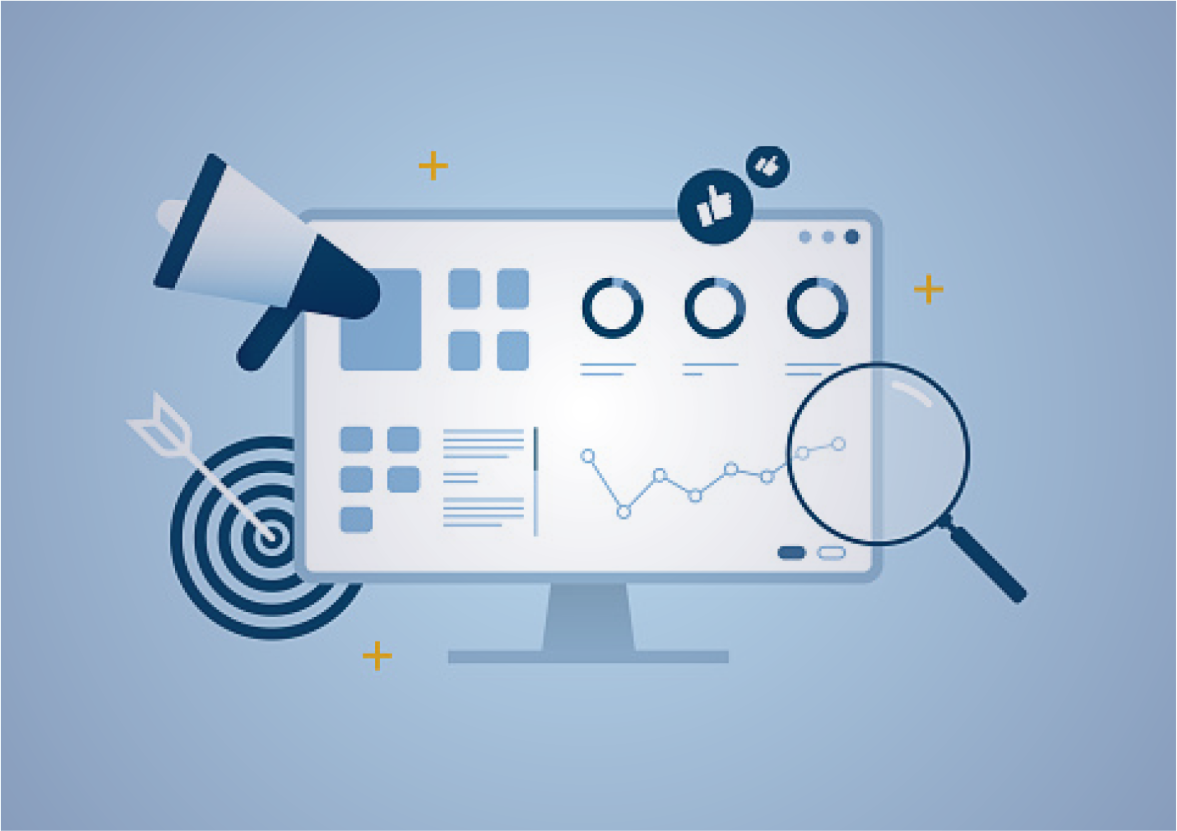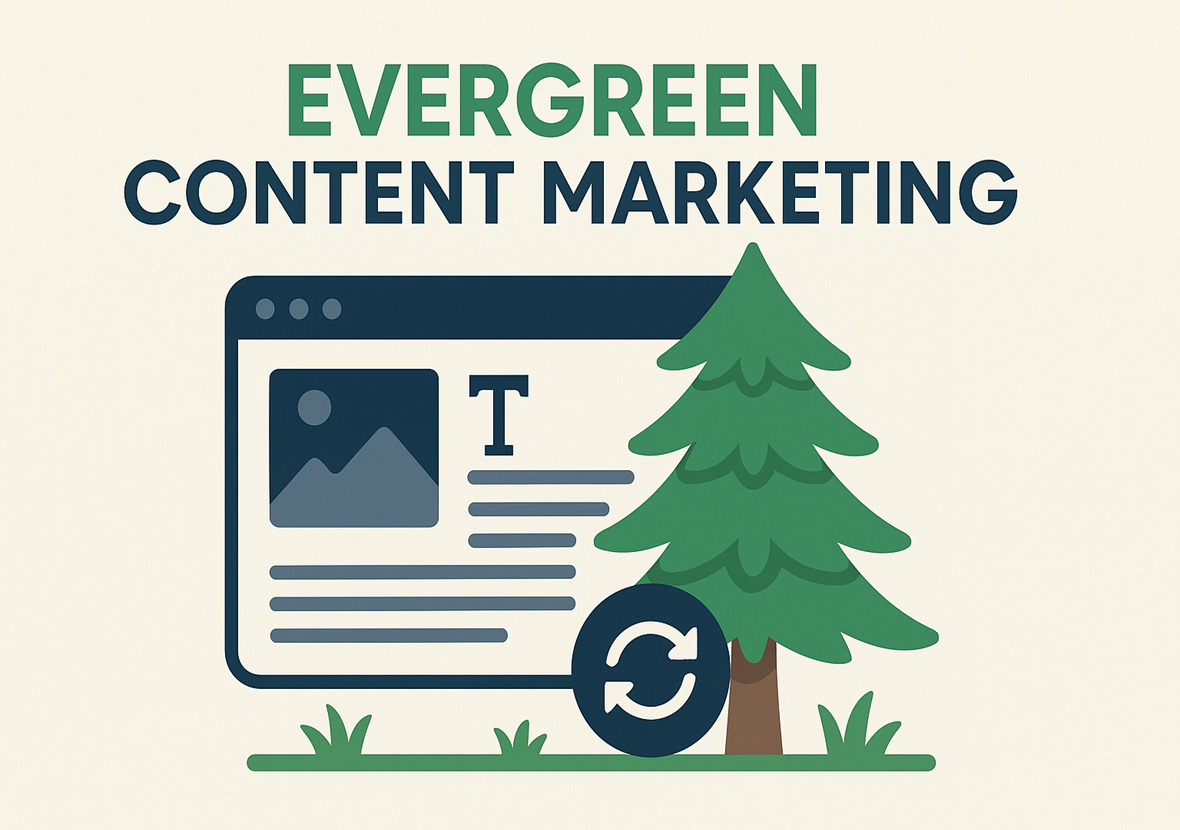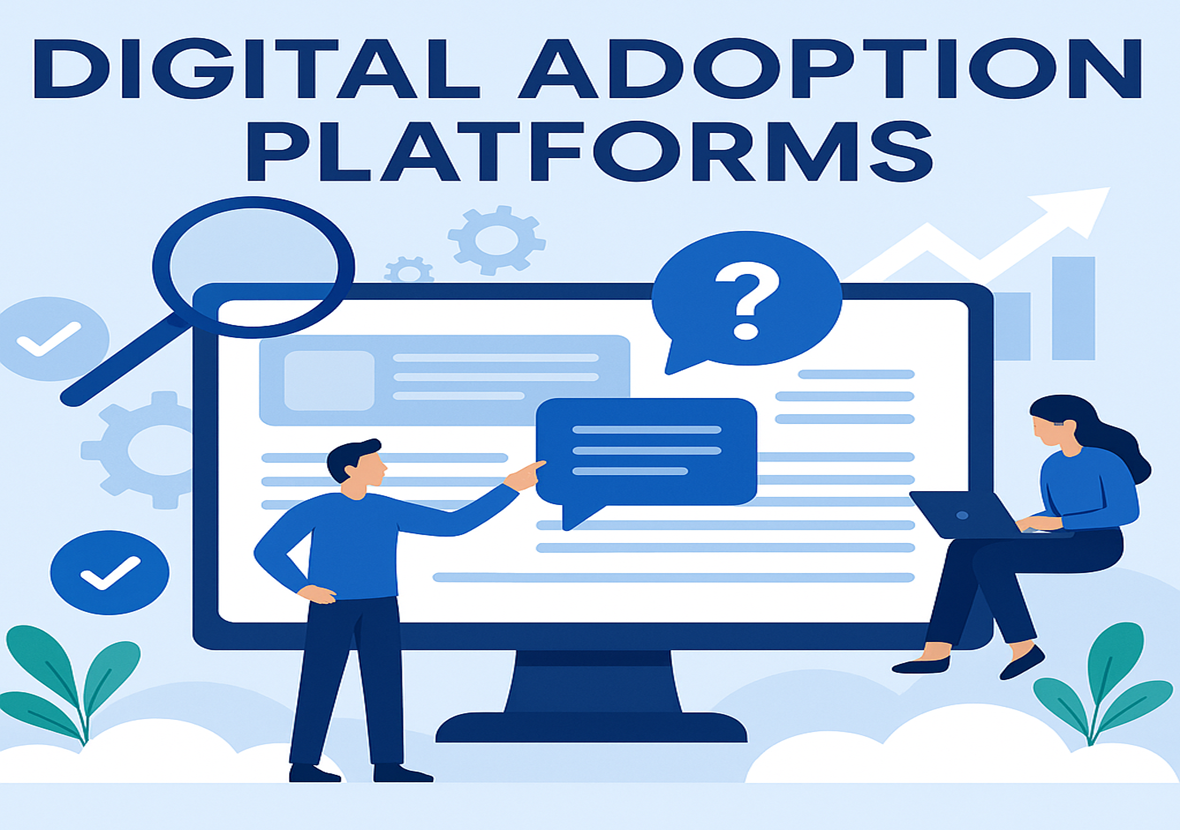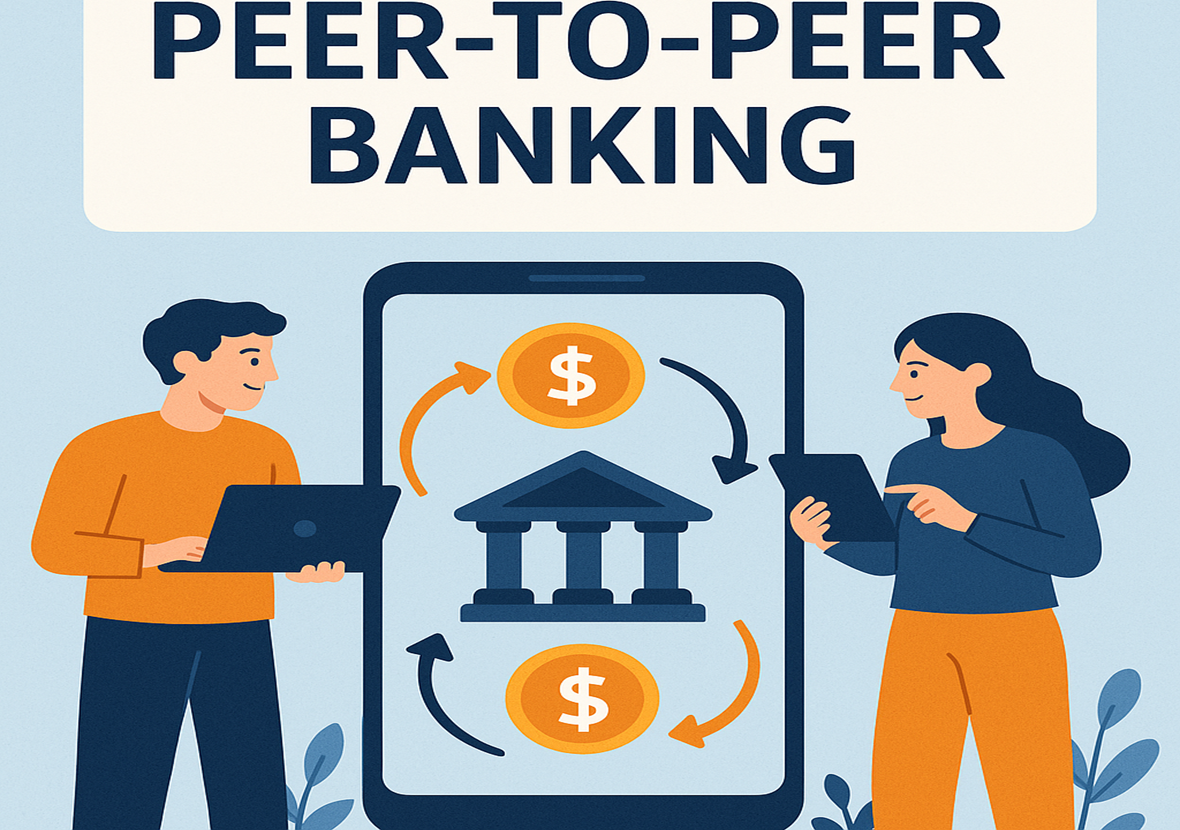What Programmatic Advertising Means for Your Brand
Consider this scenario: a company allocates substantial funds to digital advertising, yet a significant portion of the budget is expended on impressions that fail to generate conversions. If an organization continues to rely on outdated advertising strategies, it risks overlooking one of the most impactful advancements in digital marketing—programmatic advertising. Notably, research indicates that by the end of 2025, over 90% of digital display advertisements will be acquired through programmatic methods.
What precisely is programmatic advertising, and why is it increasingly critical in 2025? Fundamentally, programmatic advertising leverages automated technology and data-driven algorithms to facilitate the real-time purchasing and placement of digital advertisements. This approach enables brands to target audiences with exceptional precision, optimize advertising expenditures, and scale campaigns efficiently.
This discussion will provide an in-depth analysis of programmatic advertising and its significance for businesses in 2025. Key topics will include the operational framework of programmatic advertising, the technological innovations driving its evolution, comparisons with traditional media buying, and strategic implementation practices. Whether an entity is a small business or a large enterprise, comprehending and adapting to this shift is essential for maintaining competitiveness in the digital marketplace.
What Is Programmatic Advertising and How Does It Work?
At its core, programmatic advertising is the automated buying and selling of online ad space. Unlike traditional advertising, where deals are made through manual negotiations between advertisers and publishers, programmatic relies on software platforms and algorithms to handle transactions in milliseconds. The process uses real-time bidding (RTB) to determine which ad should be shown to which user, at what time, and on which device.
Here’s how it works: when a user visits a webpage, an ad impression becomes available. Behind the scenes, an auction takes place among advertisers bidding to display their ad to that specific user. The winning ad is instantly placed on the page—often in the time it takes the site to load. This entire transaction happens in less than a second.
The appeal of programmatic lies in its efficiency and scalability. Brands no longer need to rely on media buyers to negotiate every placement. Instead, they can set campaign parameters like budget, audience targeting, and KPIs within a demand-side platform (DSP). The system then does the heavy lifting, finding optimal ad spaces across multiple sites and apps.
This method allows for hyper-targeting and real-time optimization, ensuring that your ads are always reaching the right people at the right time. And in 2025, with even more advanced AI and machine learning tools integrated into these platforms, the effectiveness of programmatic campaigns has never been greater.
Why Programmatic Advertising Is Essential in 2025
As consumer behavior becomes increasingly fragmented across devices and platforms, traditional advertising models have struggled to keep up. Programmatic advertising addresses this challenge by using data and automation to unify brand messaging across multiple channels, including display, video, mobile, audio, and even connected TV.
In 2025, programmatic is not just a trend—it’s the new standard. With third-party cookies on the decline and privacy regulations tightening, programmatic platforms are evolving to focus on first-party data and contextual targeting. Brands that embrace these changes early are finding new ways to connect with their audiences while staying compliant with regulations like GDPR and CCPA.
Another major factor driving adoption is the rise of omnichannel marketing. Consumers now expect seamless experiences whether they’re browsing on mobile, watching content on a smart TV, or scrolling through social media. Programmatic enables advertisers to orchestrate cohesive campaigns across all of these touchpoints with centralized control and real-time reporting.
Moreover, AI-powered personalization makes it possible to serve custom messages based on user behavior, location, and even predicted intent. The ability to adapt creative elements dynamically has made ads more relevant and effective—helping brands see better ROI and engagement rates.
Key Technologies Powering Programmatic Advertising
To fully grasp what programmatic advertising means for your brand in 2025, it’s important to understand the key technologies driving this ecosystem. These include:
Demand-Side Platforms (DSPs): These are the tools advertisers use to buy ad inventory across multiple exchanges. DSPs provide targeting options, bidding controls, and performance analytics, all in one dashboard.
Supply-Side Platforms (SSPs): On the publisher side, SSPs help sell available ad space to the highest bidder. They integrate with multiple DSPs to maximize yield for every impression.
Data Management Platforms (DMPs): DMPs aggregate and organize user data from various sources to improve targeting. Although their role is evolving due to data privacy changes, they still provide valuable insights for segmentation and personalization.
Customer Data Platforms (CDPs): These newer platforms allow brands to unify and activate first-party data across channels. In 2025, CDPs are playing a bigger role in replacing third-party cookies by enabling direct, consent-based targeting.
Artificial Intelligence (AI) and Machine Learning (ML): These technologies are the brains behind real-time optimization. They analyze massive datasets to improve targeting accuracy, bidding strategies, and creative performance.
With these tools working together, programmatic campaigns can be launched, managed, and refined faster and more effectively than ever before. Brands that invest in understanding and leveraging these systems are seeing measurable benefits across every stage of the customer journey.
The Benefits of Programmatic for Your Brand
There’s a reason why programmatic ad spending has surged year over year. The benefits it offers to brands—both large and small—are too significant to ignore.
One of the biggest advantages is precision targeting. Programmatic platforms allow you to reach specific audience segments based on demographics, interests, behavior, and location. This means less wasted ad spend and more relevant interactions with potential customers.
Another key benefit is real-time optimization. Campaigns don’t just run blindly—every impression is tracked, and machine learning algorithms constantly analyze performance data to adjust targeting, bidding, and creative strategies on the fly.
Cost efficiency is also a major factor. While initial setup might require investment in tools and expertise, the automated nature of programmatic eliminates many manual costs and human errors. Over time, brands see better ROI compared to traditional media buying.
Programmatic also offers scalability. Whether you’re running a local campaign or an international launch, programmatic platforms can manage ad delivery across thousands of websites and apps with minimal overhead. This flexibility is especially important in 2025, when agility is key to staying ahead in a competitive market.
Lastly, programmatic provides deep insights and transparency. Most platforms come with robust reporting dashboards that allow marketers to measure impressions, click-through rates, conversions, and more. This data can be used not only to refine ad strategy but also to inform broader business decisions.
Challenges and Considerations for Brands
While programmatic advertising offers many advantages, it’s not without challenges. One major concern in 2025 is ad fraud, particularly with invalid traffic and fake impressions. To combat this, brands must work with reputable vendors and use fraud-detection tools to ensure ad dollars are being spent wisely.
Brand safety is another consideration. Without proper controls, your ads might appear alongside inappropriate or low-quality content, which can damage your brand’s reputation. This is where pre-bid filters and whitelists come into play, helping advertisers maintain control over where their ads are shown.
Data privacy is perhaps the most pressing issue today. As regulations evolve, brands need to be transparent about data collection and use, ensuring compliance while still delivering personalized experiences. Building strong first-party data strategies and working with partners that prioritize privacy is essential.
Another challenge is the learning curve. Programmatic platforms can be complex, especially for teams without technical expertise. Many brands choose to work with agencies or consultants to bridge the gap and ensure campaigns are set up for success.
Despite these hurdles, the long-term benefits of programmatic far outweigh the initial obstacles. With the right strategies, tools, and partners in place, brands can overcome these issues and thrive in the programmatic landscape.
How to Get Started with Programmatic Advertising in 2025
If your brand is new to programmatic or looking to improve your current efforts, the first step is to define your goals. Are you focused on brand awareness, lead generation, or direct sales? Your objectives will shape the structure of your campaigns.
Next, choose the right platform. Depending on your budget and needs, you might work with a full-service DSP like The Trade Desk, Adobe Advertising Cloud, or MediaMath. For smaller teams, simplified self-serve platforms or managed services can provide a more accessible entry point.
It’s also crucial to have high-quality creative assets. In 2025, dynamic creative optimization (DCO) is a game-changer, allowing brands to automatically tailor visuals and messages based on the viewer’s profile and behavior.
Don’t forget to integrate your first-party data, especially if you’re using a CDP. This data can power your targeting and personalization while keeping you compliant with privacy laws.
Finally, make sure your team has the skills—or partners—to manage and optimize campaigns over time. Programmatic advertising isn’t a “set it and forget it” tool. Regular analysis, testing, and fine-tuning are required to get the best results.
Conclusion
As digital advertising undergoes continuous advancement, programmatic advertising has solidified its role as a fundamental component of effective, scalable, and data-driven marketing. It enables brands to engage with the right audience at the optimal moment, delivering precision, efficiency, and measurable outcomes. By 2025, the integration of artificial intelligence, first-party data, and real-time bidding presents an unprecedented opportunity to foster deeper connections with consumers.
Although navigating the complexities and challenges of programmatic advertising requires strategic adaptation, the benefits are substantial. Organizations that adopt this approach are not only securing a competitive advantage but are also developing more intelligent and responsive marketing frameworks that will shape the future of digital engagement.
















One Comment
[…] What Programmatic Advertising Means for Your Brand in 2025 […]